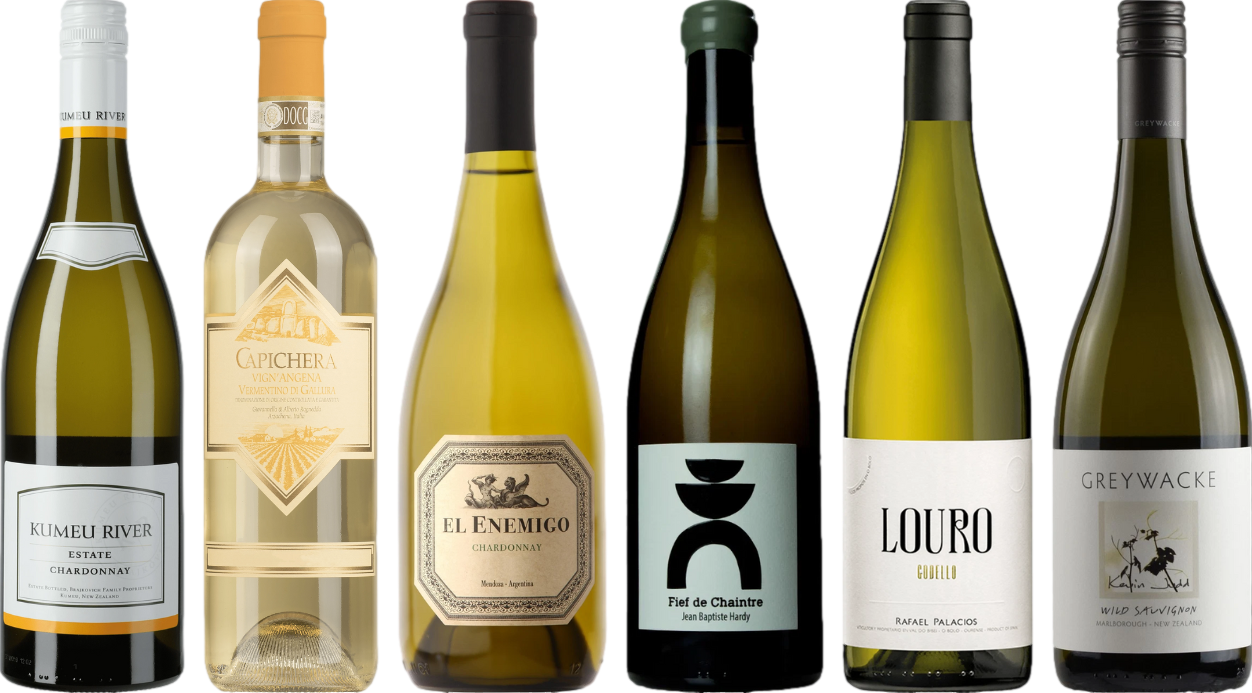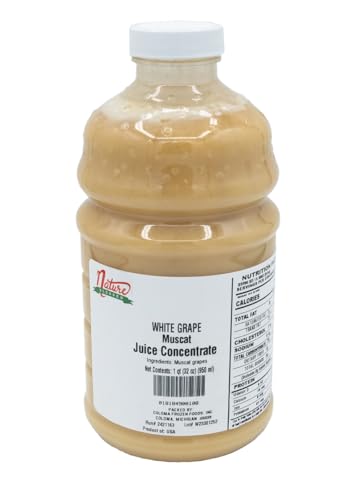



For those monitoring sugar intake, the choice between deep-hued and lighter varietals may lean towards the latter. Generally, lighter varietals contain less residual sweetness due to the fermentation process, which converts sugar into alcohol more efficiently. In contrast, darker varietals often retain a higher level of residual sugars, making them taste sweeter on the palate.
On average, a typical serving of the lighter variety contains about 1-3 grams of natural sugars, while its darker counterpart can range from 3-5 grams per serving. This difference arises from the grape varieties used and the winemaking techniques employed. For example, certain grape types, like Zinfandel and Merlot, are known for their higher sugar content, while Pinot Grigio and Sauvignon Blanc typically have less.
When selecting your glass, consider the occasion and your dietary preferences. If you’re pairing with a dish that requires balance, opting for the lighter choice often complements flavors without overwhelming sweetness. Enjoying the nuances in both styles can enhance your experience, especially when paired thoughtfully with food.
Comparison of Sweetness Levels in Different Varieties
In my experience, the levels of sweetness can vary significantly between these two types of fermented grape beverages. Generally, the lighter varietals tend to exhibit a higher concentration of residual sweetness compared to their darker counterparts. For instance, many Chardonnay selections often contain a notable amount of this natural component, especially those that undergo malolactic fermentation or have seen oak aging.
In contrast, selections crafted from Cabernet Sauvignon or Syrah typically have lower levels of this natural element. This is largely due to the vinification process, where the focus on tannin extraction and the use of specific fermentation techniques result in drier profiles. However, some producers intentionally create dessert-style versions of these darker varietals, resulting in higher sweetness levels.
For those who prefer a sweeter profile, look for labels indicating residual sweetness or terms like “off-dry” on lighter options. If you’re exploring darker varieties, consider seeking out dessert wines made from these grapes, as they can surprise you with their rich, sweet flavors. Ultimately, understanding these nuances will enhance your tasting experience and assist in making informed choices based on your palate preferences.
Understanding Sugar Content in Wines
To appreciate the characteristics of different varieties, focus on the residual content that influences flavor profiles. Generally, the fermentation process determines the amount left in the final product. For those seeking lower amounts, opt for options labeled as “dry.” These typically feature minimal leftover sweetness.
Factors Influencing Residual Levels
- Grape variety: Certain types naturally contain higher levels of natural sugars.
- Fermentation techniques: Winemakers may choose to halt fermentation early or allow it to complete fully, impacting the final profile.
- Climate: Regions with warmer climates often produce grapes with higher sugar concentration due to prolonged sun exposure.
Choosing Wisely
When selecting a beverage, consider tasting notes and food pairings. If seeking a balanced experience, match the sweetness level with dishes accordingly. For instance, lighter fare pairs well with drier selections, while richer, creamier foods complement those with a touch of sweetness.
For a satisfying exploration, sample various types and note the distinct flavor nuances. This practice enhances appreciation and understanding of the complexities involved in each bottle.
Comparing Sugar Levels in Red and White Wines
Generally, the sweetness of a beverage largely depends on its fermentation process, grape variety, and residual elements after fermentation. In this context, I often observe that most light-bodied types, such as those made from Chardonnay or Sauvignon Blanc, tend to exhibit lower residual compounds compared to their darker counterparts, like Merlot or Cabernet Sauvignon.
Typical Residual Content
For a clearer perspective, the average grams of residual compounds per liter for various styles are as follows:
| Type | Residual Content (g/L) |
|---|---|
| Light-bodied Whites | 0-5 |
| Full-bodied Whites | 5-15 |
| Light-bodied Reds | 5-10 |
| Full-bodied Reds | 10-25 |
Choosing Wisely
Opt for lighter varieties if you’re looking to minimize intake. For those who appreciate a richer profile, consider exploring full-bodied options while being mindful of the higher residual counts. Ultimately, personal preference plays a significant role in your selection process. Enjoy the exploration of different flavors and profiles while keeping these insights in mind.
The Role of Grape Varieties in Sugar Production
Cultivating specific grape types influences residual carbohydrates in the final product significantly. For instance, Muscat and Riesling often yield higher amounts of these carbohydrates due to their naturally sweet flavor profiles. In contrast, varieties like Cabernet Sauvignon and Merlot tend to produce drier beverages with lower residual levels.
The ripeness of the grapes at harvest also plays a critical role. Grapes picked later in the season develop higher concentrations of carbohydrates, resulting in a sweeter beverage. This is particularly noticeable in dessert styles crafted from late-harvest grapes, where sugar levels can reach impressive heights.
Climate and terroir are additional factors affecting carbohydrate content. Grapes grown in warmer regions typically achieve higher sugar concentrations, while cooler climates may produce drier options. For example, regions like Napa Valley often produce fruit-forward varieties with elevated sweetness, while cooler areas like Alsace might yield drier expressions.
Winemaking techniques, including fermentation processes, further influence the final sugar levels. Stopping fermentation early can retain more carbohydrates, while complete fermentation converts most of these carbohydrates into alcohol. Winemakers may also use techniques like chaptalization to adjust sweetness and balance acidity, leading to diverse flavor profiles.
Understanding these factors empowers consumers to make informed choices when selecting beverages. By paying attention to grape varieties and their characteristics, one can better appreciate the nuances of different offerings and enjoy the unique experiences they provide.
How Winemaking Processes Affect Sugar Content
The fermentation process significantly influences the residual sweetness in beverages. During fermentation, yeast consumes the natural grape juice, converting fructose and glucose into alcohol. The duration of fermentation and the yeast strain employed play crucial roles in determining the final sweetness level.
If fermentation is halted early, a higher concentration of unfermented sugars remains, resulting in a sweeter profile. For instance, off-dry or dessert styles intentionally limit fermentation to retain these natural sugars. In contrast, fully fermented options exhibit minimal sweetness, achieving greater alcohol content.
Temperature control during fermentation is another vital factor. Warmer conditions typically accelerate fermentation, possibly reducing residual sweetness. Conversely, cooler temperatures can slow the process, allowing for a sweeter finish in the final product.
Post-fermentation techniques, such as malolactic fermentation, also impact the tasting experience. This process converts harsh malic acid into softer lactic acid, enhancing the mouthfeel and sometimes balancing perceived sweetness, even if actual sugar content remains unchanged.
Understanding these winemaking techniques allows enthusiasts to appreciate how craftsmanship influences flavor profiles. For those interested in sustainable practices, exploring options such as the best solar generators for homes can provide eco-friendly solutions for wine cellars and tasting rooms.
Factors Influencing Sweetness Levels in Different Varietals
Understanding the variables affecting sweetness in different grape-based beverages is crucial for enthusiasts and industry professionals alike. Several key elements play a significant role in determining the final sweetness profile.
- Grape Ripeness: The maturation stage of grapes at harvest impacts the sugar concentration. Riper grapes tend to have higher natural sugars, leading to a sweeter profile in the resulting product.
- Fermentation Process: The duration and temperature of fermentation can significantly influence residual sweetness. A shorter fermentation may leave more unfermented sugars, resulting in a sweeter taste.
- Yeast Strains: Different yeast types have varying abilities to convert sugars into alcohol. Some strains may leave behind more sugars, enhancing the sweetness.
- Malolactic Fermentation: This process can create a creamier mouthfeel and may influence perceived sweetness. It is more common in certain styles, impacting the overall flavor balance.
- Winemaking Techniques: Techniques such as chaptalization (adding sugar before fermentation) or stopping fermentation early can adjust sweetness levels. These methods are often employed to achieve desired flavor profiles.
Each of these factors contributes to the complexity of sweetness in grape-based beverages, making it essential for consumers to explore various options and understand the nuances of production methods. This knowledge enhances the enjoyment and appreciation of each pour.
Implications of Sugar Content for Health and Taste
Monitoring the carbohydrate levels in fermented grape beverages is crucial for both health and flavor perception. Higher carbohydrate concentrations can lead to increased caloric intake, which may affect weight management and overall health. For those with specific dietary restrictions, such as individuals managing diabetes, selecting beverages with lower carbohydrate content is advisable.
From a taste perspective, beverages with elevated residual carbohydrates often present a sweeter profile. This sweetness can enhance the experience when paired with spicy or savory dishes, but it may overwhelm delicate flavors in lighter fare. Therefore, understanding the carbohydrate levels can guide better pairing choices.
When evaluating varietals, consider that certain grapes naturally produce higher carbohydrate levels, impacting the final product’s profile. The winemaking techniques employed, such as fermentation duration and the use of specific yeasts, also play a significant role in determining carbohydrate concentration. Engaging with producers about their methods can provide insights into the expected flavor and health implications of their offerings.
For those seeking a balanced experience, exploring options with controlled carbohydrate levels can yield satisfying pairings without compromising dietary needs. Understanding individual palates and health goals will lead to more informed selections, ensuring enjoyment and well-being with every sip.









